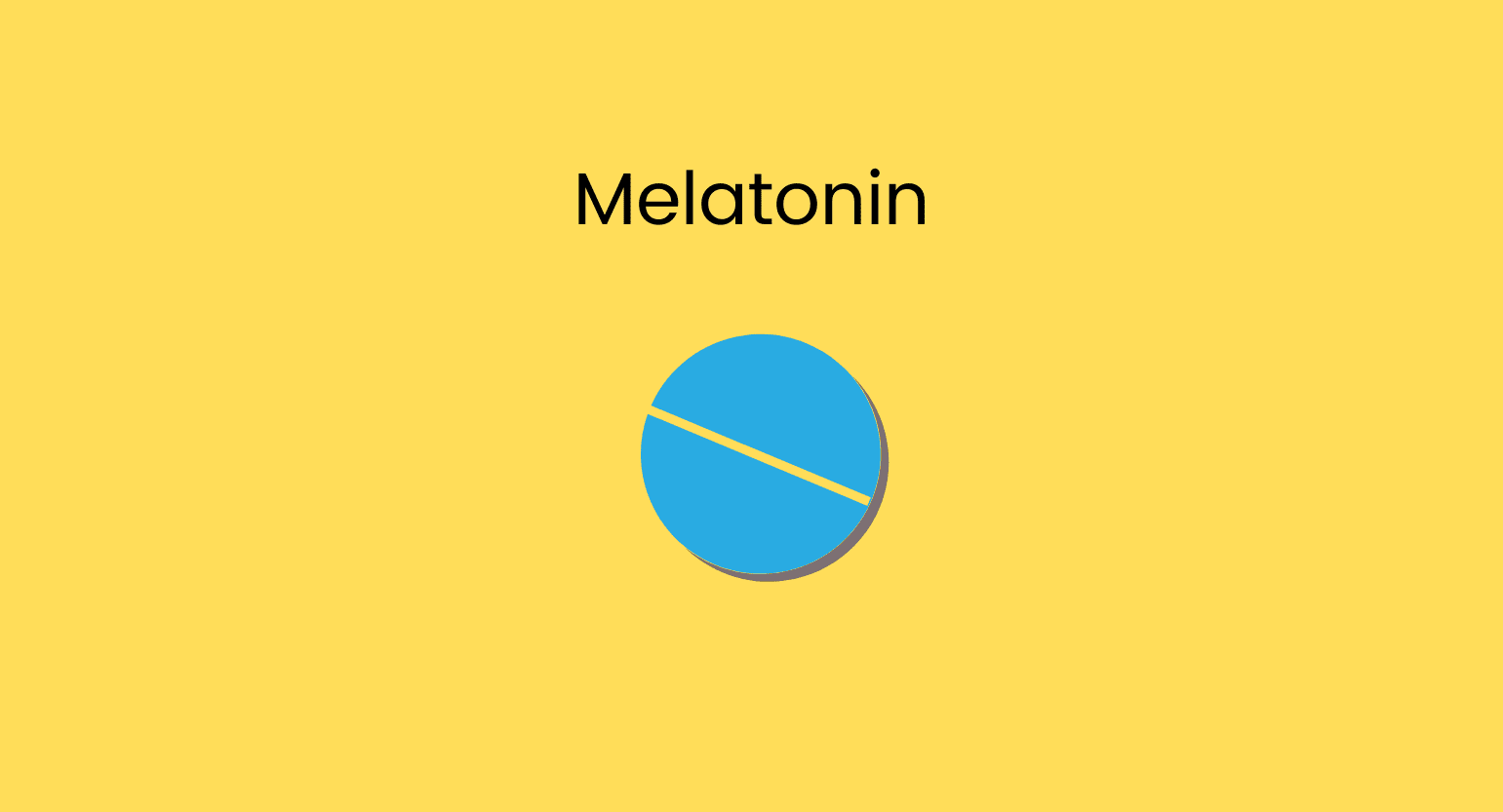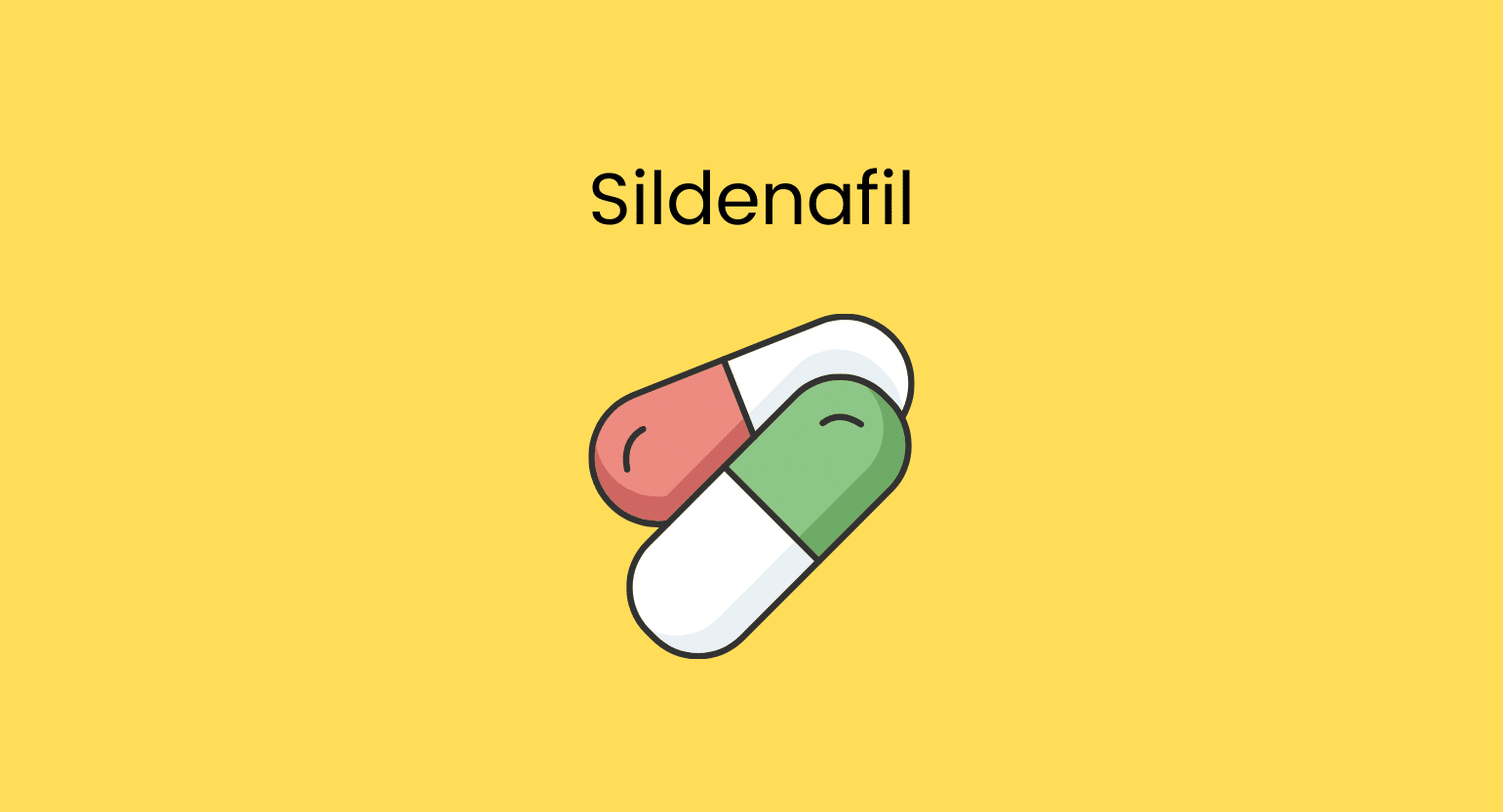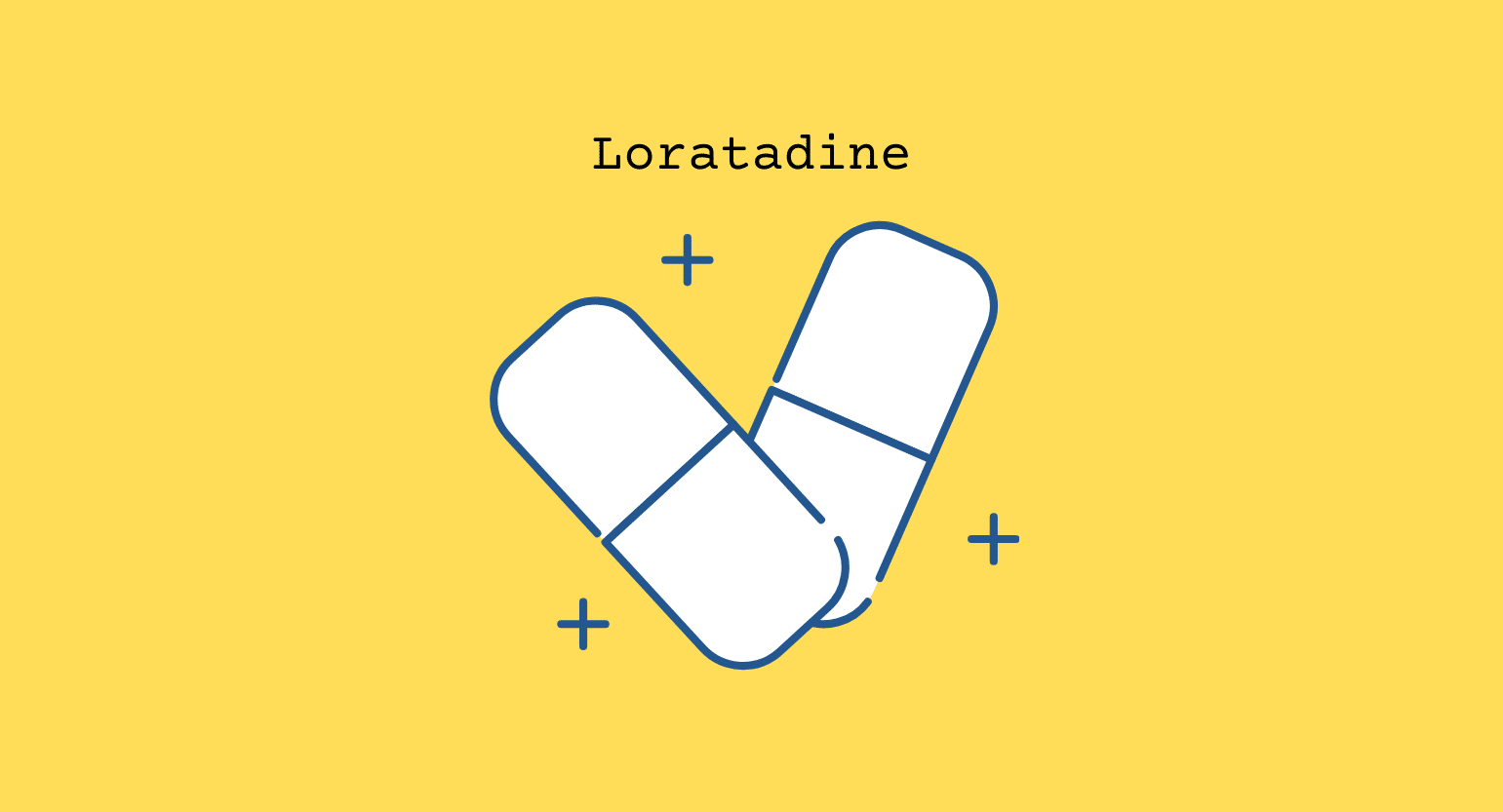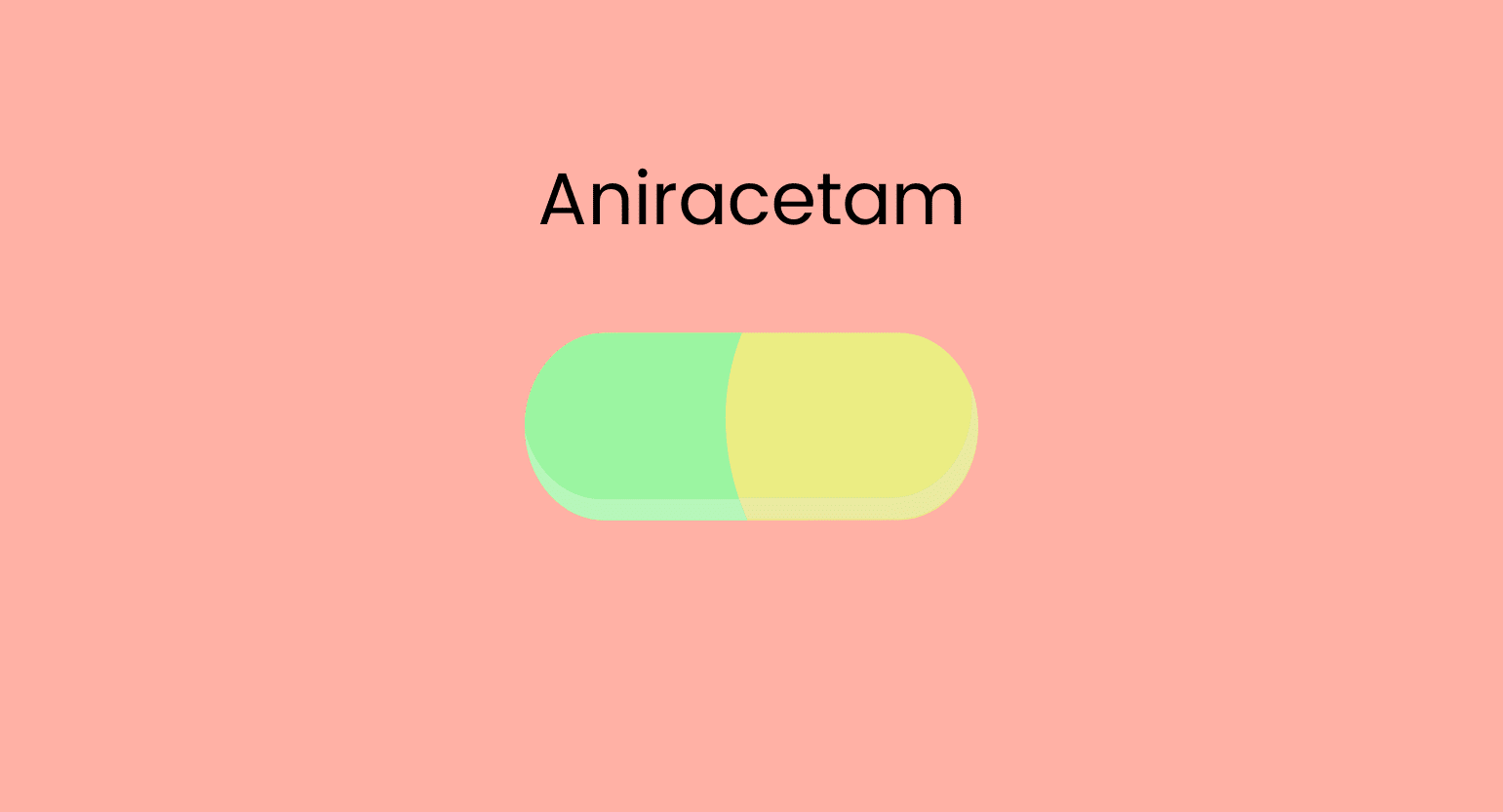Will Kratom Interact With Amlodipine?
Yes, kratom can negatively interact with amlodipine.
Kratom may negate or reduce the effectiveness of amlodipine for treating hypertension. Increased blood pressure is one of kratom’s most common side effects, which directly opposes the effects of amlodipine.
Untreated or insufficiently treated hypertension could result in serious complications down the road, such as stroke or heart attack.
It’s also possible for both substances to compete for metabolism in the liver — opening up the possibility for other side effects with repeated use. Amlodipine is mainly metabolized by CYP3A4 [4], which is also the target for several kratom alkaloids [5]. This interaction could result in a slowed elimination half-life of both drugs.
The inactive metabolite of amlodipine is M9 [6], and the inactivated form of kratom is mitragynine pseudoindoxyl [7]. Your doctor may want to run a blood test for these metabolites to check if this interaction is causing any problems.
To take these drugs together safely, you must be open and honest with your prescribing doctor.
Kratom & Calcium Channel Blockers: Interactions
Amlodipine is a calcium channel blocker. There are many different drugs in this category, many of which share similar interactions with kratom.
Other calcium channel blocker medications that may interact with kratom include:
- Diltiazem
- Felodipine
- Isradipine
- Nicardipine
- Nifedipine
- Nisoldipine
- Verapamil

Is It Safe To Take Kratom With Amlodipine?
The chances that this combination causes any immediate side effects are relatively low. However, because kratom could reduce the effectiveness of amlodipine, long-term consequences are possible.
Infrequent use may be safe, but daily use of kratom and amlodipine is potentially dangerous.
It’s best not to combine these drugs if you can avoid them.
What Is Amlodipine?
Amlodipine belongs to the dihydropyridine class of calcium channel blockers [9]. Its half-life is approximately 40 to 60 hours [10]. This makes it one of the longer-acting drugs in its class — providing effective antihypertensive action for 24 hours or more. Many doctors also prefer it for its stable effects (little to no fluctuations in blood pressure).
Amlodipine targets L-type calcium channels in muscle cells [11]. It inhibits the movement of calcium ions into vascular smooth muscle cells and cardiac muscle cells, inhibiting the contraction of vascular smooth muscles and cardiac muscles, significantly affecting vascular smooth muscles.
Amlodipine causes dilation of blood vessels due to inhibition of contraction of smooth muscle cells of blood vessels. Thus, a reduction of peripheral vascular resistance occurs, leading to low blood pressure. Its effect on coronary arteries prevents excessive constriction, treating the condition known as Prinzmetal Angina.
Amlodipine Specs:

| Drug Name | Amlodipine |
| Trade Name | Norvasc, Katerzia |
| Classification | Dihydropyridine Calcium Channel Blocker |
| CYP Metabolism | CYP3A4 |
| Interaction With Kratom | Antagonistic & Metabolic Competition |
| Risk Of Interaction | Moderate to severe |
What Is Amlodipine Used For?
Amlodipine has several clinical uses approved by the FDA:
Chronic Stable Angina
Angina is a type of chest pain caused due to reduced blood flow to the heart. Angina is called stable if it is precipitated by moderate to severe exertion and relieved by rest or medications. Amlodipine is efficacious in managing chronic stable angina [12].
Amlodipine works by reducing peripheral vascular resistance by causing vasodilation and reducing the heart’s workload. Thus, the oxygen requirement of the heart’s muscles decreases, relieving chronic stable angina.
Prinzmetal Angina
Blood is supplied to the heart by coronary arteries. Angina can occur either due to the blocking of coronary arteries by thrombus,i.e., blood clot, or by spasm of those arteries. When spasm of the arteries is the cause, the angina is called Prinzmetal angina. Recreational drugs like cocaine, amphetamine, alcohol, marijuana, etc., have precipitated Prinzmetal angina [13].
Amlodipine causes vasodilation of coronary arteries, thus counteracting any spasm in them due to Prinzmetal angina.

Chronic Hypertension
High blood pressure for months or years is called chronic hypertension. Amlodipine is a long-acting antihypertensive and ensures minimal blood pressure variability [21]. Thus, once-a-day dosing is suitable for this drug. Due to its efficacy and easy dosing, it is preferred over other antihypertensives to manage chronic hypertension.
Raynaud’s Disease
Raynaud’s disease or phenomenon causes attacks that limit blood supply to fingers and toes, which may get pale, cold, and numb. Sometimes the exact cause may remain unknown. In that case, the abnormality is called Raynaud’s disease. It’s called Raynaud’s phenomenon when there is a definite etiology (for example, scleroderma or lupus) behind the disease.
Amlodipine causes the blood vessels to dilate and prevents attacks of Raynaud’s phenomenon [21].

What Is The Recommended Dosage Of Amlodipine?
The recommended dosage of amlodipine is 5 to 10 mg once daily [14].
What Are The Side Effects Of Amlodipine?
Serious side effects are very rare with a typical dosage of this drug [21]. Some of the side effects of amlodipine are as follows:
Peripheral Edema
It is the most common adverse reaction to amlodipine, characterized by ankle and leg swelling [15]. The incidence of this adverse effect is more than 10%. It is a bothersome adverse reaction for patients and may lead to drug discontinuation. Peripheral edema can be expected to subside within several days after starting amlodipine.
Calcium channel-mediated peripheral edema is caused by arteriolar vasodilation, leading to fluid movement from the vasculature to the interstitial space. In addition, impaired postural vasoconstriction may contribute to this edema.
Flushing
Flushing happens when the blood vessels beneath the skin dilate. One study observed the relation between dosage and the appearance of this side effect. The research showed that, at a 10 mg dose, the incidence of flushing is less than 3% and it is more frequent in females [21].

Reflex tachycardia
In adults, tachycardia is defined by a heart rate of more than 100 beats per minute. As vasodilation occurs due to amlodipine, the central nervous system senses less hydrostatic pressure in the blood vessels. This commands the heart to beat faster to meet the normal hydrostatic pressure of blood in blood vessels and leads to a fast heart rate or tachycardia [21].
Dizziness
If the blood pressure is reduced more than required after administering amlodipine, less blood will reach the central nervous system. Then, you will experience dizziness.
Male Sexual Disorders
Calcium channel blockers can result in male infertility due to decreased sperm quality and capacity [16]. However, the incidence of such adverse effects is below 2%.
Muscle Cramps
Amlodipine may cause muscle pain, tenderness or weakness as a side effect [21]. The risk may be higher if you have thyroid or kidney problems.

What Is Kratom?
Kratom (Mitragyna speciosa) is a medicinal plant indigenous to Southeast Asia. It belongs to the Rubiaceae family and shares many similar qualities as coffee (Coffea arabica).
Kratom is commonly used for its pain-relieving effects, but it also has beneficial properties to relieve anxiety, induce sleep or even boost concentration & focus [17].
The active ingredient of kratom is an alkaloid known as mitragynine and a closely related compound called 7-hydroxymitragynine.
Both mitragynine and 7-hydroxymitragynine stimulate μ-opioid receptors and various serotonin, dopamine, and norepinephrine receptors to exert their effect [18].
Kratom possesses both stimulant and sedative properties, depending on the dose.

What Are The Side Effects Of Kratom?
There are several known side effects associated with kratom. The most common one is nausea, which is a good sign you’ve taken too much. When used responsibly and at the correct dose, side effects are rare.
Side effects of kratom may include:
What Are The Different Types Of Kratom?
There are more than 75 different types of kratom. Each type is referred to as a strain. Kratom strains are all the same plant species (Mitragyna speciosa) but produce different ratios of active alkaloids like mitragynine and 7-hydroxymitragynine.
Kratom strains can be divided into four main classes — red, white, green, and yellow:
- White Vein Kratom — Stimulating and energizing. These strains are the best coffee substitutes.
- Red Vein Kratom — Sedating and analgesic. These are the most potent strains for managing chronic pain or supporting sleep.
- Green Vein Kratom — Balanced and well-rounded. These strains provide a little bit of everything. If you’re only going to use kratom for multiple applications, this is it.
- Yellow Vein Kratom — A blend of white and red kratom. The effects can vary substantially depending on the vendor.

Key Takeaways: Mixing Kratom & Amlodipine
Kratom and amlodipine may interact with each other. If taken together, kratom may cancel out the most crucial effect of amlodipine, i.e., lowering blood pressure.
This combination is not recommended unless you’ve spoken directly with your doctor about it.
- Wagner, L., & Kenreigh, C. (2022). Amlodipine. XPharm: The Comprehensive Pharmacology Reference, 1–5.
- Eastlack, S. C., Cornett, E. M., & Kaye, A. D. (2020). Kratom—Pharmacology, Clinical Implications, and Outlook: A Comprehensive Review. Pain and Therapy, 9(1), 55.
- Leong Bin Abdullah, M. F. I., & Singh, D. (2021). The Adverse Cardiovascular Effects and Cardiotoxicity of Kratom (Mitragyna speciosa Korth.): A Comprehensive Review. Frontiers in Pharmacology, 12, 2088.
- Dorofeeva, M. N., Shikh, E. v., Sizova, Z. M., Tarasenko, A. v., Denisenko, N. P., Smirnov, V. v., Ryzhikova, K. A., Sozaeva, Z. A., Grishina, E. A., & Sychev, D. A. (2019). Antihypertensive Effect Of Amlodipine In Co-Administration With Omeprazole In Patients With Hypertension And Acid-Related Disorders: Cytochrome P450-Associated Aspects. Pharmacogenomics and Personalized Medicine, 12, 329–339.
- Kamble, S. H., Sharma, A., King, T. I., León, F., McCurdy, C. R., & Avery, B. A. (2019). Metabolite profiling and identification of enzymes responsible for the metabolism of mitragynine, the major alkaloid of Mitragyna speciosa (kratom). Https://Doi.Org/10.1080/00498254.2018.1552819, 49(11), 1279–1288.
- Zhu, Y., Wang, F., Li, Q., Zhu, M., Du, A., Tang, W., & Chen, W. (2014). Amlodipine metabolism in human liver microsomes and roles of CYP3A4/5 in the dihydropyridine dehydrogenation. Drug Metabolism and Disposition, 42(2), 245–249.
- Váradi, A., Marrone, G. F., Palmer, T. C., Narayan, A., Szabó, M. R., le Rouzic, V., Grinnell, S. G., Subrath, J. J., Warner, E., Kalra, S., Hunkele, A., Pagirsky, J., Eans, S. O., Medina, J. M., Xu, J., Pan, Y. X., Borics, A., Pasternak, G. W., McLaughlin, J. P., & Majumdar, S. (2016). Mitragynine/Corynantheidine Pseudoindoxyls As Opioid Analgesics with Mu Agonism and Delta Antagonism, Which Do Not Recruit β-Arrestin-2. Journal of Medicinal Chemistry, 59(18), 8381–8397.
- Veltri, C., & Grundmann, O. (2019). Current perspectives on the impact of Kratom use. Substance Abuse and Rehabilitation, 10, 23.
- Tiwaskar, M., Langote, A., Kashyap, R., & Toppo, A. (2018). Amlodipine in the Era of New Generation Calcium Channel Blockers. The Journal of the Association of Physicians of India, 66(3), 64–69.
- Abernethy, D. R. (1992). Pharmacokinetics and Pharmacodynamics of Amlodipine. Cardiology, 80(Suppl. 1), 31–36.
- Striessnig, J., J. Ortner, N., & Pinggera, A. (2015). Pharmacology of L-type Calcium Channels: Novel Drugs for Old Target: Ingenta Connect. Current Molecular Pharmacology, 8(2), 110-122.
- Ezekowitz, M. D., Hossack, K., Mehta, J. L., Thadani, U., Weidler, D. J., Kostuk, W., Awan, N., Grossman, W., & Bommer, W. (1995). Amlodipine in chronic stable angina: Results of a multicenter, double-blind crossover trial. American Heart Journal, 129(3), 527–535.
- Ziccardi, M. R., & Hatcher, J. D. (2020). Prinzmetal Angina. In StatPearls [Internet]. StatPearls Publishing.
- Kes, S., Caglar, N., Canberk, A., Deger, N., Demirtas, M., Dortlemez, H., Kiliccioglu, B., Kozan, O., Ovunc, K., & Turkoglu, C. (2003). Treatment of mild-to-moderate hypertension with calcium channel blockers: A multicentre comparison of once-daily nifedipine gits with once-daily amlodipine. Current Medical Research and Opinion, 19(3), 226–237.
- Makani, H., Bangalore, S., Romero, J., Htyte, N., Berrios, R. S., Makwana, H., & Messerli, F. H. (2011). Peripheral edema associated with calcium channel blockers: Incidence and withdrawal rate – A meta-analysis of randomized trials. Journal of Hypertension, 29(7), 1270–1280.
- Enders, G. (1997). Clinical Approaches to Male Infertility With a Case Report of Possible Nifedipine-Induced Sperm Dysfunction. The Journal of the American Board of Family Practice, 10(2), 131–136.
- Warner, M. L., Kaufman, N. C., & Grundmann, O. (2015). The pharmacology and toxicology of kratom: from traditional herb to drug of abuse. International Journal of Legal Medicine 2015 130:1, 130(1), 127–138.
- Ellis, C. R., Racz, R., Kruhlak, N. L., Kim, M. T., Zakharov, A. v., Southall, N., Hawkins, E. G., Burkhart, K., Strauss, D. G., & Stavitskaya, L. (2020). Evaluating kratom alkaloids using PHASE. PLoS ONE, 15(3).
- Jansen, K. L., & Prast, C. J. (1988). Ethnopharmacology of kratom and the Mitragyna alkaloids. Journal of Ethnopharmacology, 23(1), 115-119.
- Fluyau, D., & Revadigar, N. (2017). Biochemical benefits, diagnosis, and clinical risks evaluation of kratom. Frontiers in Psychiatry, 8(APR), 62.
- Musa, R., & Qurie, A. (2021). Raynaud disease. In StatPearls [Internet]. StatPearls Publishing.









